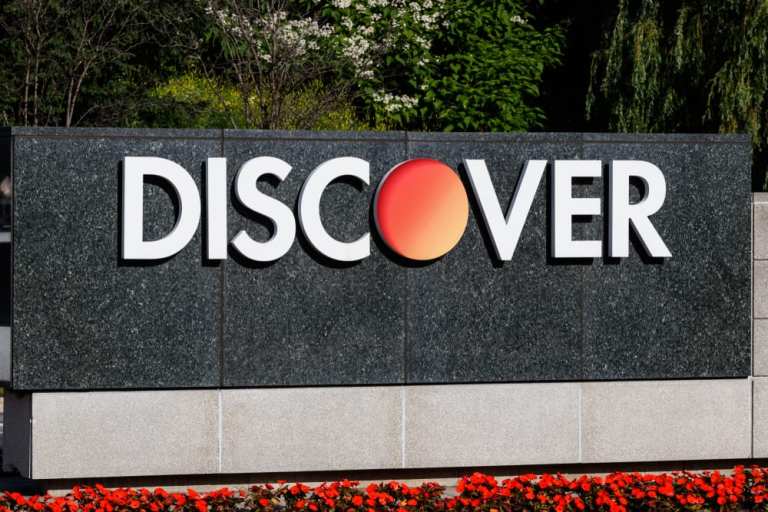Discover’s Payment Services Drive Network Volumes Up 9 Pct

Discover Financial Services posted fourth-quarter results that topped earnings expectations on the heels of loan growth and payments volume.
In terms of headline numbers, diluted earnings per share of $2.25 were slightly higher than the Street expectation of $2.24. Total net revenues were up 5 percent year over year to $2.94 billion.
Total loans at the end of the period were up 6 percent to $95.9 billion. And drilling down into credit quality, the total net charge off rate was up 11 BPS year on year to 3.19 percent. Provision for loan losses was up $38 million.
The company said in supplemental materials filed alongside its earnings report that payment services volume was $66 billion, up 9 percent versus the prior year. Proprietary volume was up 5 percent to $40.6 billion.
Drilling down into results, the company said that card loans were up 6 percent to $77.2 billion, while student loans increased by 3 percent or $288 million, and personal loans increased by 3 percent or $233 million.
Chief Financial Officer and Executive Vice President John Greene said on the conference call with analysts that the majority of the growth in card receivables came from standardized merchandise balances with a smaller contribution from promotional balances. He noted, “we expect merchandise balances will continue to be a primary driver of card growth in 2020.”
He also pointed out that just below 70 percent of the increase in receivables was from new accounts, with the rest from existing cardholders. Greene said that provisions for loan losses increased 5 percent and were mainly driven by loan growth and ongoing supply-driven normalization in the consumer credit industry to a lesser extent.
Chief Executive Officer Roger Hochschild noted in the call that 2019 was another excellent year for the company with a net income of $3 billion after-tax or $9.08 share and a “healthy return on equity” of 26 percent. Hochschild said, “these results reflect our business model that brings together the positive attributes of high-return consumer lending and direct banking with the benefits and long-term potential of owning our own global network.”